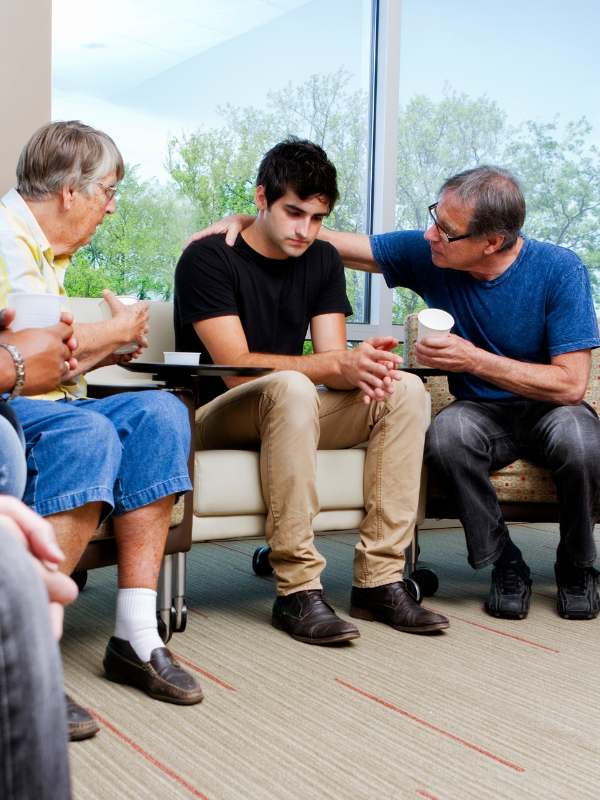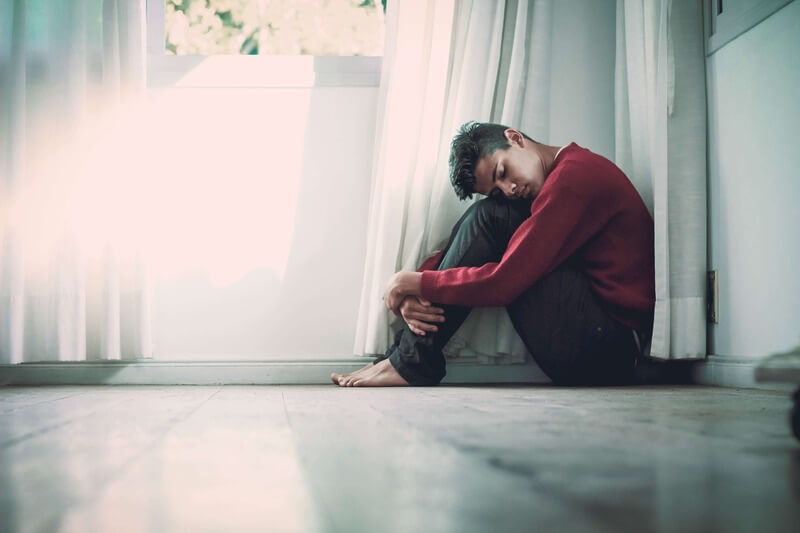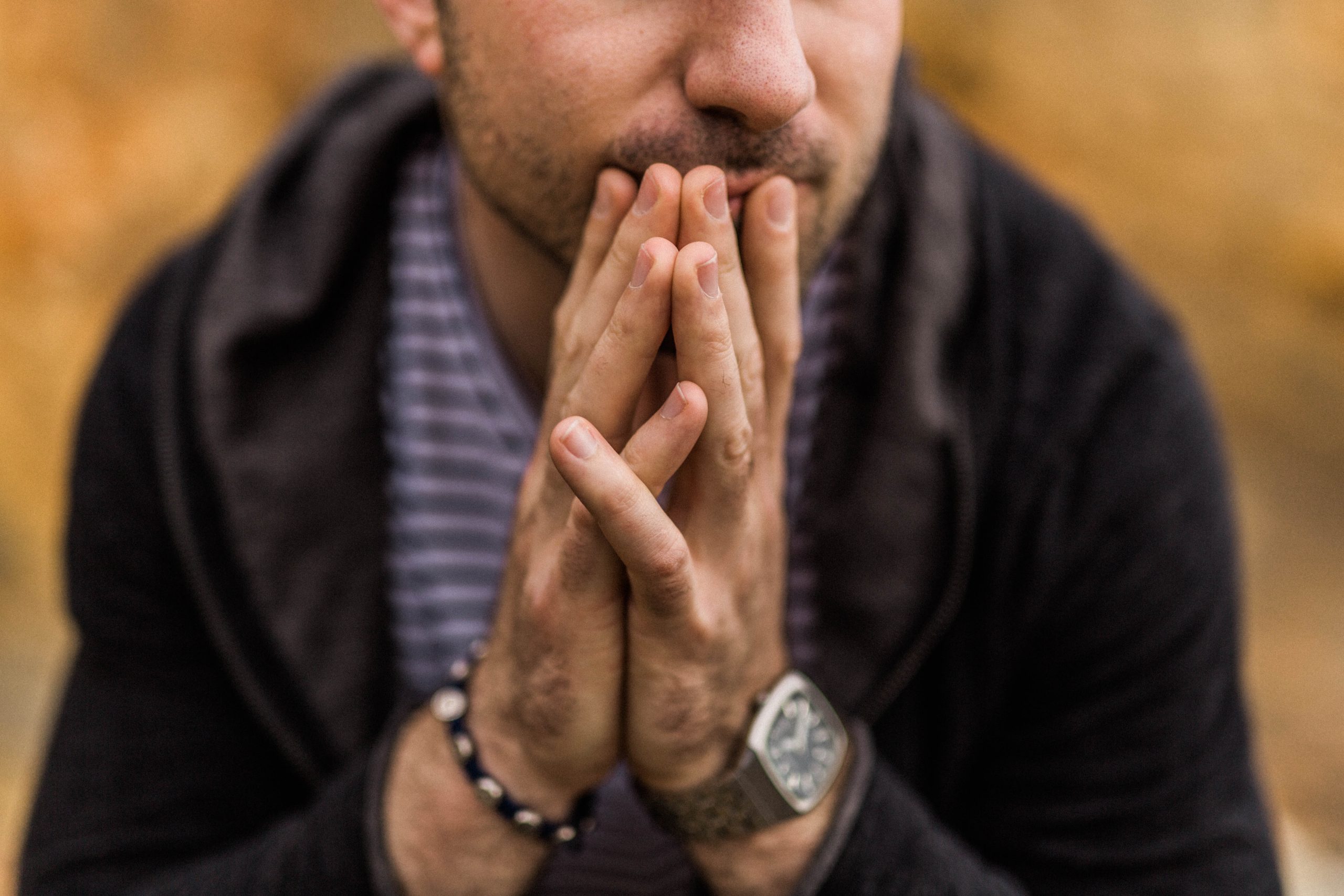Seasonal Affective Disorder Has A Summer Version Too
Understanding Summer Seasonal Affective Disorder
Summer Seasonal Affective Disorder (SAD) is a lesser-known but significant mental health challenge affecting many individuals during the warmer months. Unlike its winter counterpart, summer SAD, also known as summertime seasonal affective disorder, arises when the sunlight and longer days trigger feelings of depression and anxiety. Some may find themselves relating to “summer depression lyrics,” which capture the unexpected sadness and lethargy that can occur during this time. This condition, characterized by a summer pattern of seasonal affective disorder, can disrupt everyday life, leading to increased irritability and insomnia. Understanding the nuances of seasonal affective disorder in summer is crucial for those who experience these symptoms, as it can help in seeking appropriate care and support.
Addressing seasonal affective disorder for summer requires a comprehensive approach, often involving psychiatric long-term care to manage and alleviate symptoms effectively. Professional treatment options, including therapy and medication, can be instrumental in providing relief and improving overall mental well-being. At The Sylvia Brafman Mental Health Center, we emphasize the importance of recognizing summer SAD symptoms early and seeking expert guidance. By sharing stories and insights into seasonal depression, we aim to foster a supportive environment where individuals feel empowered to take control of their mental health. Understanding and addressing seasonal affective disorder in the summer can pave the way for a more balanced and fulfilling life, free from the shadows of seasonal depression.
“Summertime, and the livin’ is easy…”
– “Porgy and Bess” Lullaby, Act 1
In praise of summertime, the most famous words ever written might just be these lyrics…the opening song of the first American opera, “Porgy and Bess.”
Even though George Gershwin’s music and DuBose Heyward’s and Ira Gershwin’s lyrics are beloved and acclaimed worldwide, these words the mother is singing to her baby are not true.
On stage, life is not easy on Catfish Row; Daddy is far from rich. And off stage, there exists a mental health disorder–a summer version of SAD–Seasonal Affective Disorder.
You could even say that couched in the vernacular of another song (performed in Act II of Porgy), for some people summertime ain’t necessarily so easy.
Two versions
Compared to other mental health issues, SAD is only somewhat known by the public. Yet there are two versions of it. In one, the symptoms begin in the late fall and go away during the spring and summer. This is called winter pattern SAD or winter depression.
However, if you have been feeling depressed “In the Good Old Summertime,” in these “Lazy Hazy Crazy Days of Summer,” you are not alone. There are many others experiencing the other SAD, the summer-pattern SAD, which is called summer depression.
What it’s like
The subject of the summer disorder came up at a recent conference of mental health professionals. One of the councilors related the following story to his colleagues:
“When my father heard I was coming to this conference, he suggested I bring up the struggles he has with the heat…those really hot days at this time of year. This is his message:
“‘As kids, we used to hear people complain about the dog days of summer. But then I was younger, and the heat was not such a big deal.
“Now, though, when the temperature rises, I have to stay inside. Because it’s just too darned hot outdoors. Because it’s hard for me to breathe out there.
More concerns
“‘At the same time, I also am concerned about getting skin cancer. Experts are telling us we need sunshine, but we should limit ourselves to only a few minutes a day. Well, it takes longer than that to smear yourself with sun block. And anyway, because so many people are hunkering down indoors, you can’t find anyone to do your back for you!
Being lonely
“‘Summer to me is supposed to be vacation time. Days at the beach. Or pool parties. Going on picnics or to an amusement park. I miss that.
“‘Now I have very little social interaction, due to needing to remain indoors. And when inside, I need to keep the blinds closed. This adds to my feeling depressed. But it does keep the house cooler…and my favorite leather recliner from becoming a hot seat.’”
What is SAD?
With more people recognizing the symptoms and seeking aid for summertime depression, more information is being posted on line. Following are extracts:
Seasonal Affective Disorder
—National Institute of Mental Health:
“Many people go through periods when they feel sad or not like their usual selves. These mood changes begin and end when the seasons change.”
Experienced mental health therapists are capable of helping those who suffer winter or summer versions. Seeing one is advised if you feel you have symptoms.
“In most cases, (winter) SAD symptoms start in the late fall or early winter and go away during the spring and summer.
Symptoms of summer depression may deviate slightly, and can include:
Summer Symptoms:
- Persistent sad, anxious or ‘empty’ mood most of the day, nearly every day for at least two weeks
- Feelings of hopelessness or pessimism
- Feelings of irritability and frustration
- Feelings of guilt, worthlessness or helplessness
- Loss of interest or pleasure in hobbies and activities
- Decreased energy; fatigue, or feeling slowed down
- Difficulty concentrating, remembering or making decisions
- Changes in sleep or appetite; or unplanned weight changes
- Physical aches or pains, headaches, cramps or digestive problems that do not have a clear physical cause and do not go away with treatment
- Trouble sleeping (insomnia)
- Restlessness and agitation
- Anxiety
- Violent or aggressive behavior
- Thoughts of death or suicide, or suicide attempts
Diversions Help
Beside prescribed therapy, keeping occupied when SAD is affecting you most is an effective way to cope.
Traveling in an air-conditioned vehicle to a worthwhile activity is satisfying, and can help take the edge off of depressive disorders. One of these opportunities is volunteering for clinical trials that are researching new ways to prevent, detect, or treat diseases and conditions. Be on the lookout for opportunities to join studies such as those sponsored by the National Institute of Mental Health.
NIMH supports clinical trials at its campus in Bethesda, Maryland, and across the United States. Talk to a health care provider about clinical trials, their benefits and risks, and whether one is right for you.
Exercise Advice
You and your therapist are the best judges of whether you should exercise indoors or out. If you are determined to go outside, here is sage advice.
—CNN
How to safely exercise outdoors when it’s hot outside
“The number of heat-related deaths while participating in sports has doubled in the U.S. since 1975, according to the National Institutes of Health. And the U.S. Centers For Disease Control and Prevention reports that some 650 people die from extreme heat every year. So if you are planning to head outside when the temperature is climbing, keep these tips in mind.
- Watch the time of day. Schedule for early morning or evening. And definitely do not go out between 10 a.m. and 3 p.m. when the sun is overhead and temperatures at their peak.
- Know your risk level. Factors include age (4 and under and 65 plus), obesity, high blood pressure, heart disease, mental illness, diabetes, and prescription drug and alcohol use.
- Dress carefully. Wear a broadbrimmed hat, loose and light-colored clothing, sunglasses, sunscreen.
- Stay hydrated. Carry water with you and drink regularly, even if not thirsty.
- Eat more foods that are full of water, like cucumbers and watermelon, before or during the workout.
- Keep up with the news from other places that might have implications for you. For example, –NPR’s KFF
- In Montana, 911 calls reveal hidden impact of heat waves on rural seniors. –The Hill Health Care
- A study of exposure to air pollution shows it is fueling fluctuations in mood swings in many Americans. (Note: This news was accompanied by a photo of cars sitting in a long line of traffic, reminiscent of summer weekend traffic jams on roads leading to beaches on the famed New Jersey Atlantic shore.)
- Remember, in every place in every corner of the world, there are times when weather causes people to feel out of sorts…or worse. Only the names change.
There are khamsins–hot winds blowing sand from the deserts of the Middle East.
Similarly, there is the sirocco, a Mediterranean wind coming from the Sahara, which can reach hurricane speeds in North Africa and southern Europe, especially during the summer months.
Mistral is a cold northwesterly wind, usually strong, that blows through southern France into the Mediterranean, mainly in winter.
In Chinook, Canada, according to Wanderlust Magazine, there is a warm and dry west wind that blows on the eastern side of the Rocky Mountains. It helps thaw frozen landscapes, but also triggers migraines, known locally as “Chinook headaches.”
Also from Wanderlust is this info about the Santa Ana winds. They start in Northern Mexico and southern California as a gentle breeze. But by the time they have barrelled down the canyons to Los Angeles, they have turned hot and sticky, creating miserable late summers in the city. Locals complain of migraines and irritability. Also, the Santa Ana fans California’s wildfires, making them harder to put out.
There are rainy seasons in India, typhoons in Hong Kong, tsunamis flooding islands, and hurricanes practically everywhere, tossing tornados into the air like a juggler.
Reading about all this going on puts your own seasonal disorder into a broader perspective.
Venting
Finally, vent your feelings. Put them on paper. Not necessarily in paragraphs or in lyrics like “Summertime,” but in short phrases…capturing visions, remembrances, hopes.
Here is an example, created by Gene Yagley III, longtime writer in a different genre–thriller spy stories and swashbuckling adventures–when he sat down to lock horns with a blistering Florida summer.
Christmas Is In December
For a Reason
-By Gene Yagley lll
The winters in Michigan
are frigid, gray,
and shift to
dirty,
But you have
cinnamon gum,
hot chocolate,
brooding music,
classic guitar
interplayed
with Gordon Lightfoot.
Christmas is
in December
for a reason.
The lights and decorations,
the madness of the Alaskan Iditarod
distract from the darkness.
Winter is
the time of dreams
where the ideas of spring
germinate and hatch.
Summer in the south
is detention via the sun and humidity.
It’s being sick
during a bright day
with no reward–”
no walks
in the park,
no riding down the road
with the top down.
It’s just melting and withering
like Marigolds out of season.
Comprehensive Seasonal Affective Disorder Treatment at SBMHC in Florida and Georgia
The Sylvia Brafman Mental Health Center (SBMHC) is proud to offer exceptional Seasonal Affective Disorder treatment programs in both Florida and Georgia, catering to individuals seeking comprehensive mental health care. Our facilities provide a serene and supportive environment, ideal for addressing various mental health conditions, including summer seasonal affective disorder. Understanding that seasonal affective disorder can occur in the summer and not just winter, SBMHC tailors treatment plans to meet the unique needs of those experiencing summertime seasonal affective disorder. Our team of experts is dedicated to offering personalized care that promotes healing and long-term recovery.
SBMHC makes accessing quality mental health treatment easier by accepting a wide range of insurance plans. We proudly work with insurance providers such as NYSHIP, Blue Cross Blue Shield (BCBS), Cigna, Aetna, United Healthcare (UHC), and UMR, among others. This ensures that financial concerns do not become a barrier to receiving necessary care. In addition to insurance, SBMHC offers flexible payment options to suit various needs, ensuring that everyone has access to the mental health support they deserve.
At SBMHC, we utilize a variety of treatment and therapy options to effectively address mental health issues, including psychiatric long-term care. Our programs include individual therapy, group sessions, and specialized treatments for conditions like seasonal affective disorder in the summer. By combining evidence-based therapies with holistic approaches, we aim to provide a comprehensive treatment experience that addresses both the mind and body. Our goal is to empower individuals to overcome challenges and achieve a brighter, healthier future.




